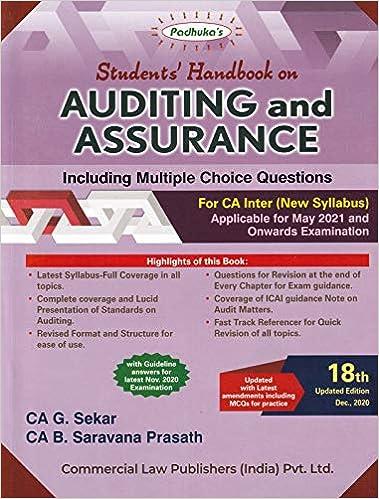use the charts to find the following: liquidity ratios , acid test ratio, profit margin on sales, return on sales, return on equity, leverage debt to assets, and inventory turnover

Exhibit 5 Tiffany's Income Statement (in millions of USD) Report Date January 31, 2015 January 31, 2014 Revenues $4,250 $4,031 Cost of sales 1,713 1,691 Operating expenses 1,646 2,036 EBIT 891 304 Interest & others 153 49 EBT 738 255 Tax 254 74 Net income 484 181 Exhibit 6 Tiffany's Balance Sheet (in millions of USD) Report Date January 31, 2015 January 31, 2014 Assets $732 $367 Cash and equivalents Accounts receivable 195 189 Inventories 2,362 2,326 Other current assets 322 346 Total current assets 3,611 3,228 Property, plant & equipment 855 Goodwill Other assets 670 669 Total assets 5,181 4,752 Liabilities 234 252 Short-term debt Accounts payable 318 Taxes Other current liabilities Total current liabilities 658 Long-term debt 883 751 Retirement benefits 268 Retirement benefits 268 Other liabilities N No ON 302 I Total liabilities 2,330 2,018 Common stock Retained earnings 1,951 1,682 Comprehensive loss (290) (58) Paid in capital and other 1,189 1,109 - Total equity 2,851 2,734 Total liabilities & equity 5,181 4,752 1. LIQUIDITY RATIOS: Current Assets Current Liabilities A company's ability to meet obligations out of current assets. A firm's creditworthiness. Ability to pay immediate debts. ACID-TEST-RATIO: Cash + Accounts Receivable + Marketable Securities Current Liabilities Measures the cash, marketable securities (e.g. stocks, and bonds) and receivables of a firm, compared to its current liabilities. 2. PROFITABILITY (PERFORMANCE) RATIO: A. PROFIT MARGIN ON SALES: Net Income after Taxes Number of Common Shares Outstanding Continued earnings, growth are well received by both investors and lenders. b. RETURN ON SALES: Net Income Net Sales Compares income to total sales. Data must be compared against competing firms in the industry. c. RETURN ON EQUITY: Net Income Total Owner's Equity Compares company's net income to its total owner's equity. 3. LEVERAGE Debt to assets Total Debt Total Assets The higher the ratio, the ratio, the more leveraged the organization 4. ACTIVITY RATIOS: 2. Inventory Turnover: Cost of Goods Sold - COGS Average Inventory (Beginning Inventory + Ending Inventory/2 Measures the number of times inventory is sold or used in a period such as a year. Inventory turnover is also known as inventory turns, stock tums, stock turnover. A low umover may point to overstocking, deficiencies in the product line or marketing effort. In some instances, low rate may be appropriate where higher inventory levels occur in ticipation a rapid rising prices or shortages. High inventory turnover means efficient operations











